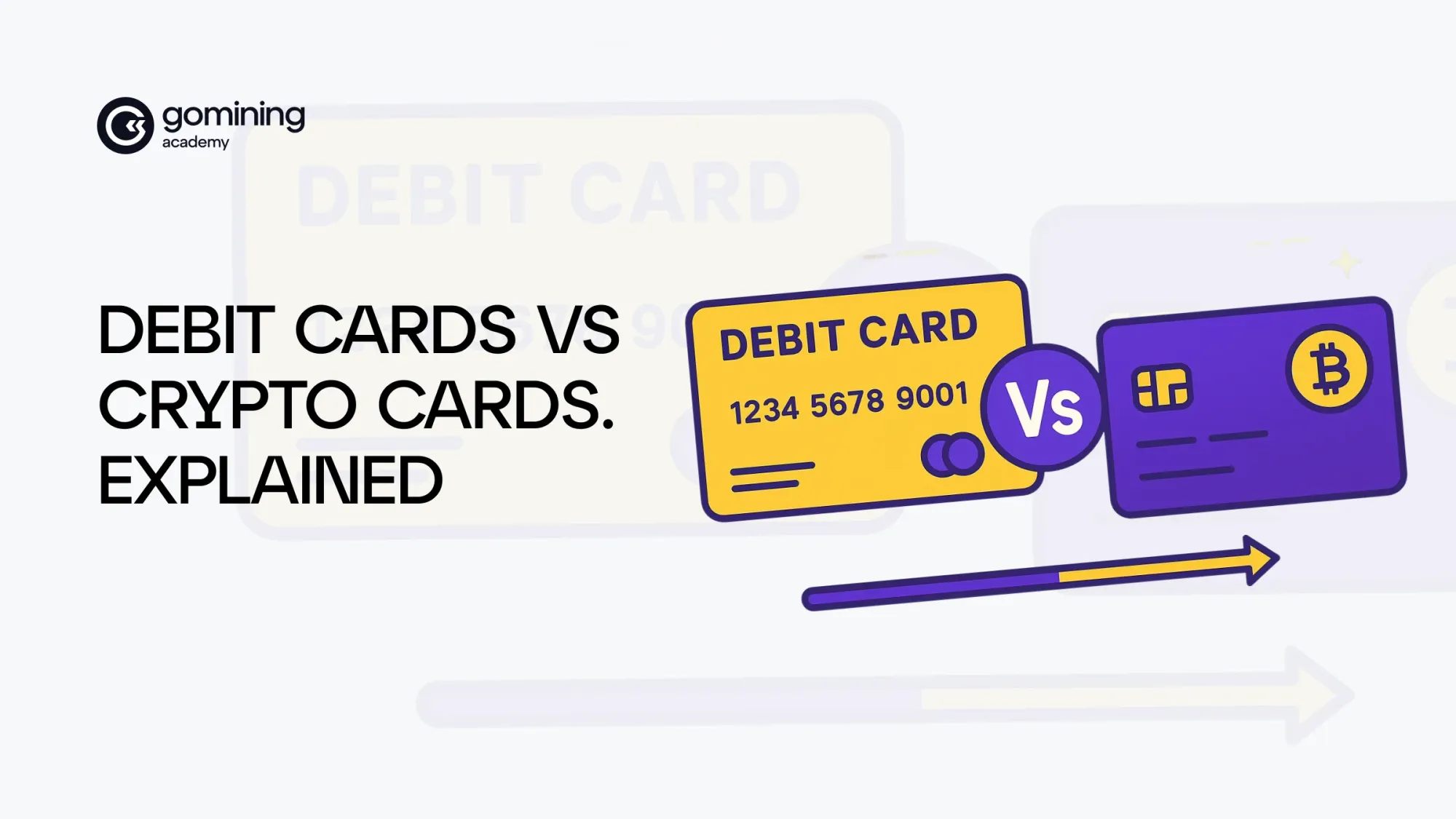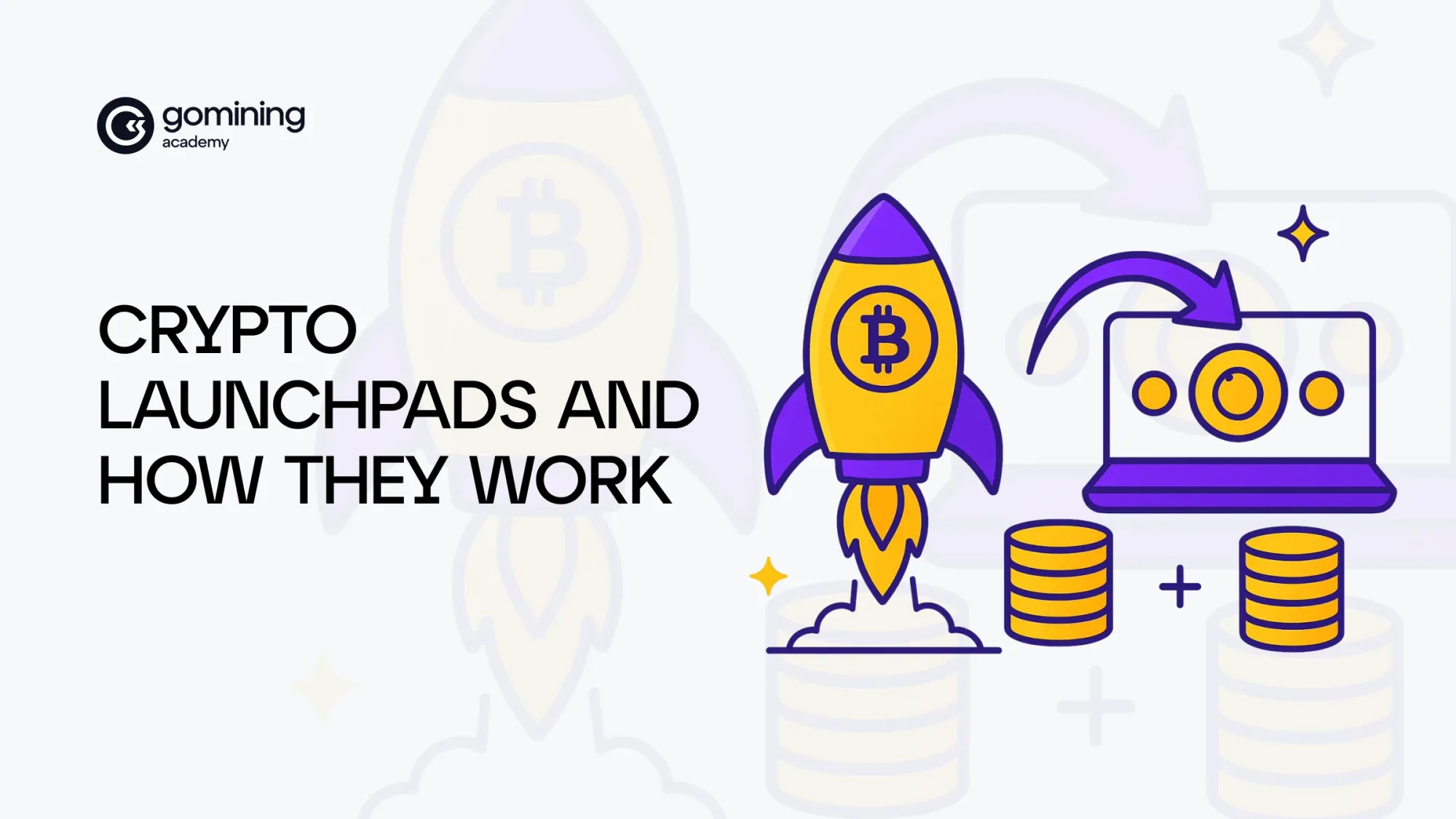What Does HODL Mean in Crypto?
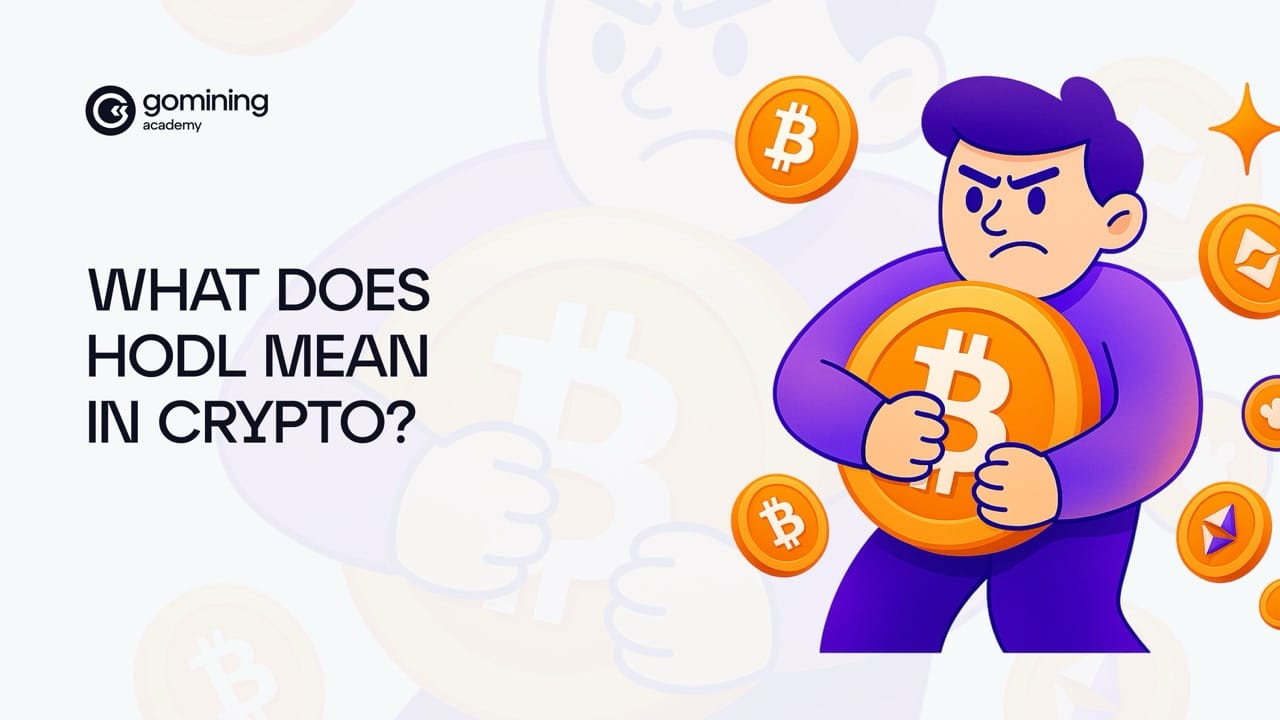
Acronyms in crypto are everywhere. But one in particular carries more history and attitude than the rest. So, what does HODL mean in crypto?
At first glance it looks like someone forgot how to type. And guess what, they did. Born from a whiskey-fueled forum post more than ten years ago, HODL has grown into both a meme and a strategy. What began as one user’s late-night rant now shows up in memes, hashtags, and conversations across millions of crypto holders worldwide.
So how did a simple mistake survive every crash to become a badge of pride? That’s the story we’re about to unpack.
The Origin of HODL
“HODL” was born in a mix of chaos — and maybe a “little” whiskey.
On December 18, 2013, Bitcoin had one of its most brutal days ever. After climbing since the start of the year to over $1,100 by December, the price suddenly collapsed 38% in a single day, falling from $716 to $438. The crypto world was in panic mode.
At 10:03 UTC, a user named GameKyuubi logged onto a forum called BitcoinTalk. He admitted he’d been drinking, and wrote a post titled “I AM HODLING.” His words were half rant, half confession:
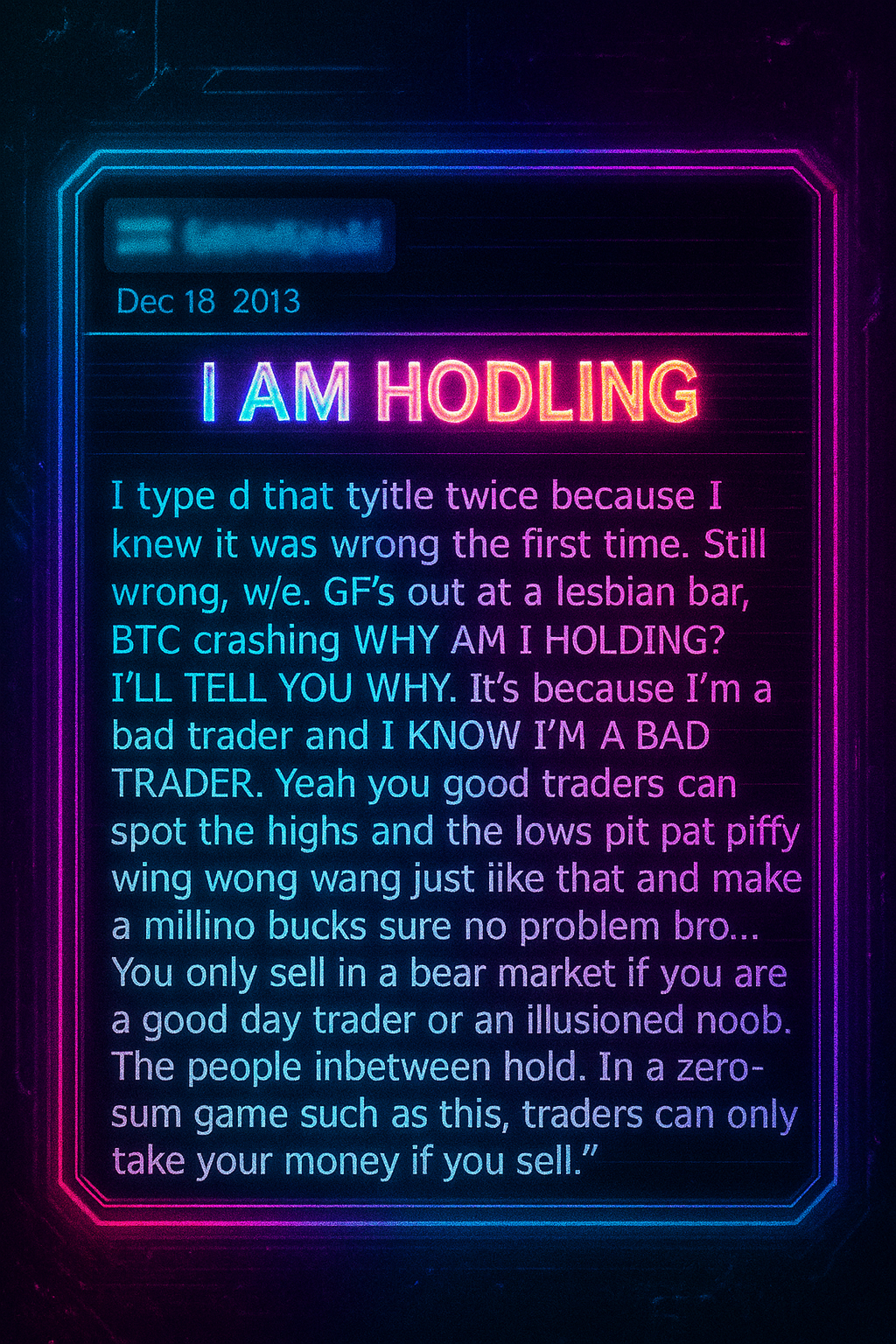
“I AM HODLING.” One typo, a bit of whiskey, and the start of a movement.
GameKyuubi wasn't trying to create a movement, he was admitting defeat. He knew he couldn't time the market, so he'd rather hold than lose money through bad trades. The typo was accidental, but the timing was perfect.
Replies poured in within minutes. Some mocked him, others felt seen. Everyone knew that urge to sell too soon or panic in a crash. By morning, “HODL” had taken on a life of its own.
This late-night typo became a rallying cry. HODL was a joke, but it was also a shield — a way of saying, I won’t let the market shake me out. It evolved into a real strategy: for many, HODL became the simplest way to survive, and sometimes thrive, through markets that swing faster than most can track.
More than ten years later, that word still carries the same mix of humor and defiance.
What Does HODL Mean in the Crypto Community?
So what does HODL actually mean today?
Over time, the typo picked up a backstory: people began saying it stood for “Hold On for Dear Life.”
It’s a backronym that came later, as the community gave structure to a typo. But it stuck, because it captured the feeling perfectly: when markets get rough, don’t sell in a panic.
HODLing is the choice to keep your assets through volatility instead of selling at every price swing. Traders aim to buy low and sell high, jumping in and out of the market. HODLers, on the other hand, accept the bumps, betting that patience outperforms split-second timing.
What makes the idea last isn’t the typo, but the mindset behind it: belief that Bitcoin will keep growing over time. Even in 2025, about half of all Bitcoin hasn’t moved for two years or more. That shows many HODLers are still holding through every rise and fall, even if some long-timers finally sold during the latest price surge.
HODL became the lighthouse in a storm: it doesn’t sway with every wave, it stoically stands as a point to steer by. For some, it started as stubbornness. For others, it became a strategy. Either way, it’s a reminder that a late-night mistake can grow into a philosophy millions still live by.
Why Do People Choose to HODL?
Knowing what HODL means is one thing, but why do people actually stick with it? The reasons have evolved since 2013, but they're more practical than philosophical.
Belief in Long-Term Value
For many, it starts with conviction. Bitcoin has a fixed supply of 21 million, which makes it scarce in a way few assets are. Ethereum powers thousands of real applications, from finance to gaming. To HODLers, these aren’t just short-term bets, but key pieces of digital infrastructure worth holding for years.
Avoiding Emotional Decisions
Markets move fast, and emotions move even faster. Fear pushes people to sell too soon, while excitement tempts them to buy too late. Studies show more than 90% of day traders lose money over time. HODLing gives you a built-in shield: by avoiding the trap to sabotage yourself with bad timing.
Simplicity of Strategy
Not everyone wants to spend their nights chart-watching. HODL boils it down to one rule: buy, secure your assets, and wait. That simplicity makes it easier for everyday people to stick with than complex trading strategies or technical signals.
Tax and Transaction Efficiency
Every time you buy and sell, there can be costs — like exchange fees, and in many countries, even tax forms to fill out. By holding for the long term, people make fewer moves, which usually means fewer costs and less paperwork to worry about.
Add it all up, and HODL starts looking less like stubbornness and more like a practical way to stay steady in markets that can shake you around.
Benefits of HODLing
Ask people why they HODL, and you'll hear similar reasons echoed across Reddit threads and Twitter storms:
Potential for large returns over time
History shows that patience often pays off. Someone who bought Bitcoin in 2020 and simply held it until today would have seen big gains, despite living through stomach-churning crashes along the way. By holding through the drops, they were still there for the recoveries. The chart below shows it clearly: while the short-term moves are wild, the long-term direction has leaned upward.
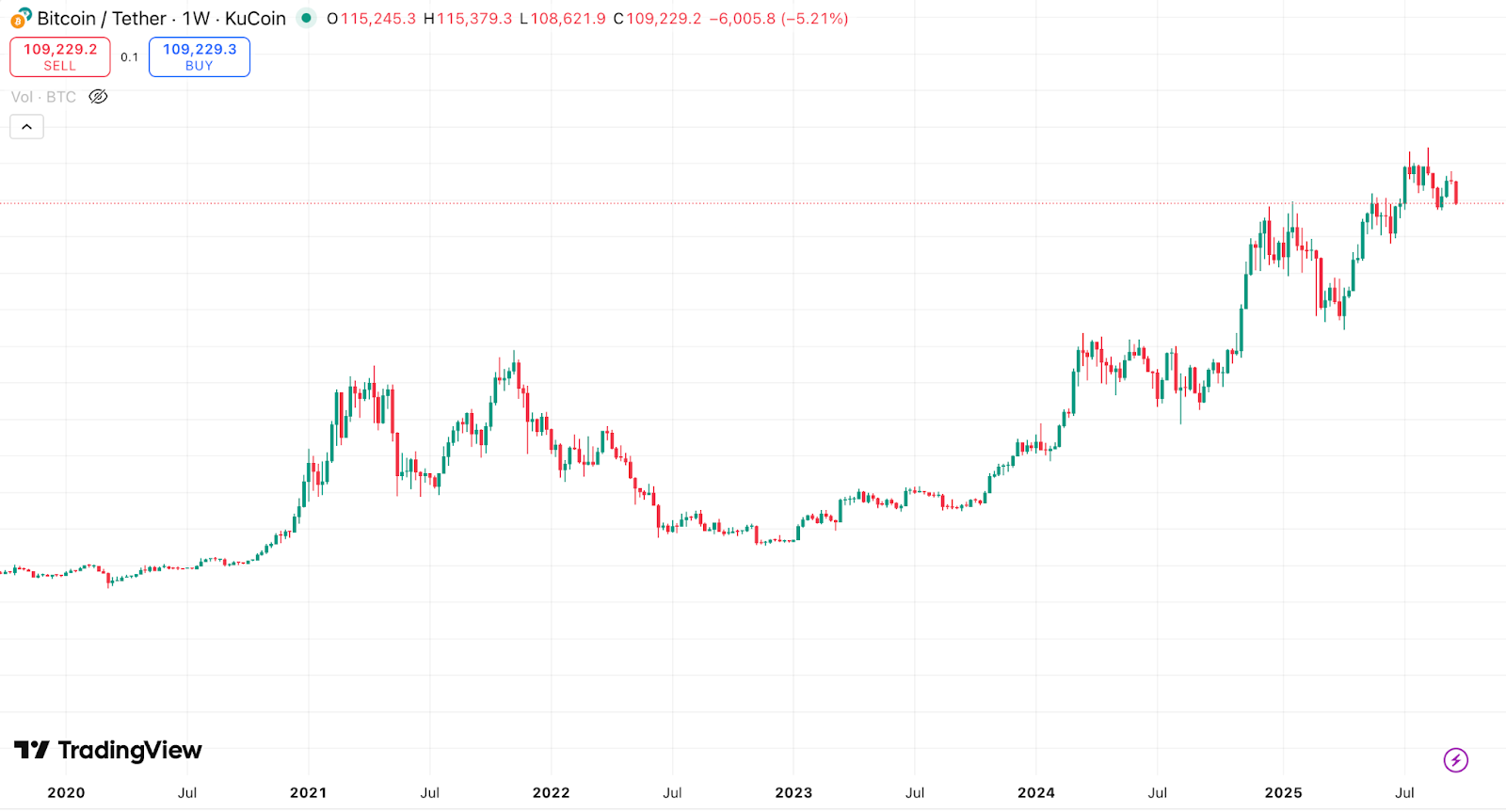
From under $1,000 in 2017 to over $100,000 in 2025 Bitcoin long-term trend behaves upward.
Reduced trading stress
Constant buying and selling can feel like a full-time job. Some studies even found that academics who trade crypto report worse sleep and higher stress compared to non-traders pairs. HODLing cuts that noise out. Once you’ve decided to hold, you don’t need to react to every dip — you can set a plan and step back.
Alignment with the “digital gold” philosophy
Bitcoin isn’t treated like a tech stock by its believers. It’s seen as digital gold — something scarce and enduring, worth holding for the long haul. By HODLing, people align with that philosophy: wealth preserved through patience, not speed.
Add these elements together, and HODL reveals itself as a way of surviving and thriving in one of the most psychologically demanding markets ever created while keeping both your upside and your sanity intact.
Risks of HODLing
Holding sounds simple: buy and wait. But simple doesn’t mean easy. HODLing comes with challenges that can test even the most patient holders.
High volatility
Bitcoin ups and downs are a crucial part of the crypto market history. The chart below shows just how wild the ride has been.
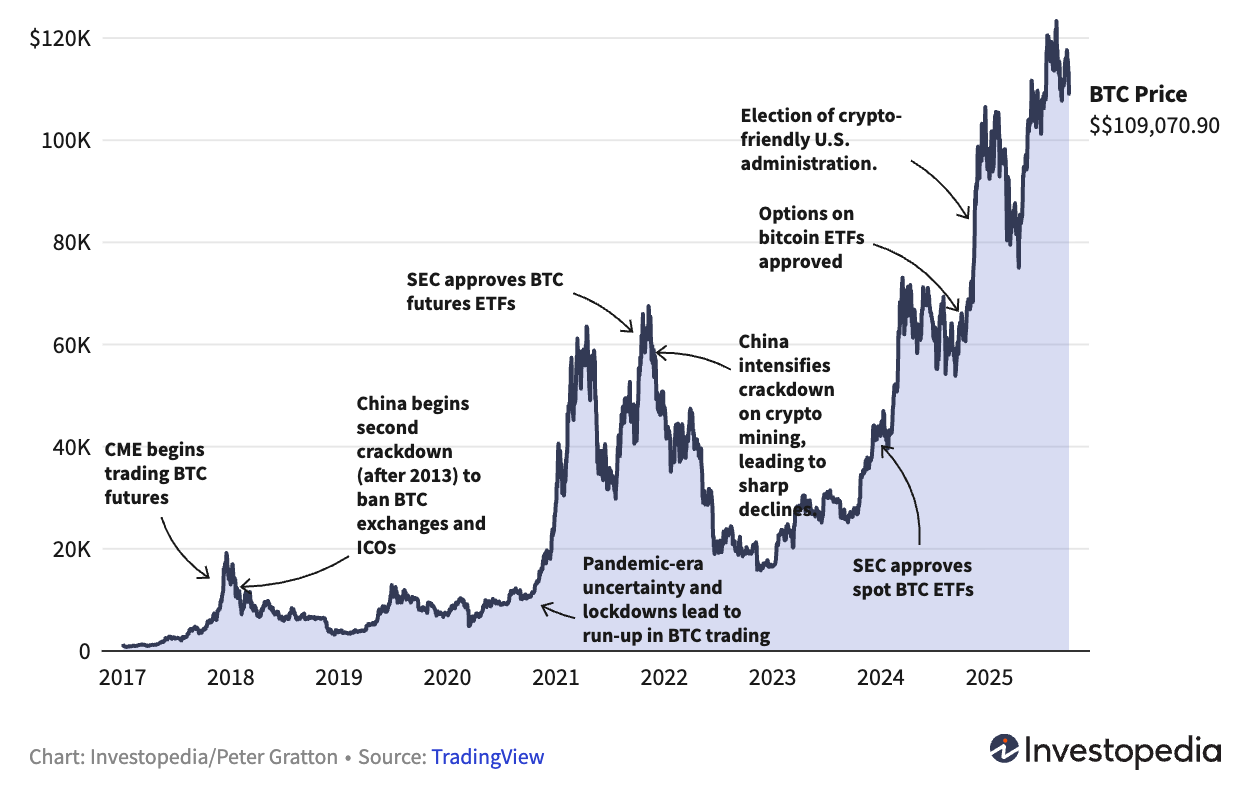
Some of Bitcoin’s major fluctuation moments.
Holding through swings like that takes nerves of steel, and for many people, those losses feel unbearable in real time.
Missing short-term opportunities
Some people trade in and out, trying to sell when the price is high and buy back when it’s low. HODLers skip those chances on purpose. Supporters say that’s fine — most who try to “time the market” end up worse off — but it does mean passing on possible quick wins.
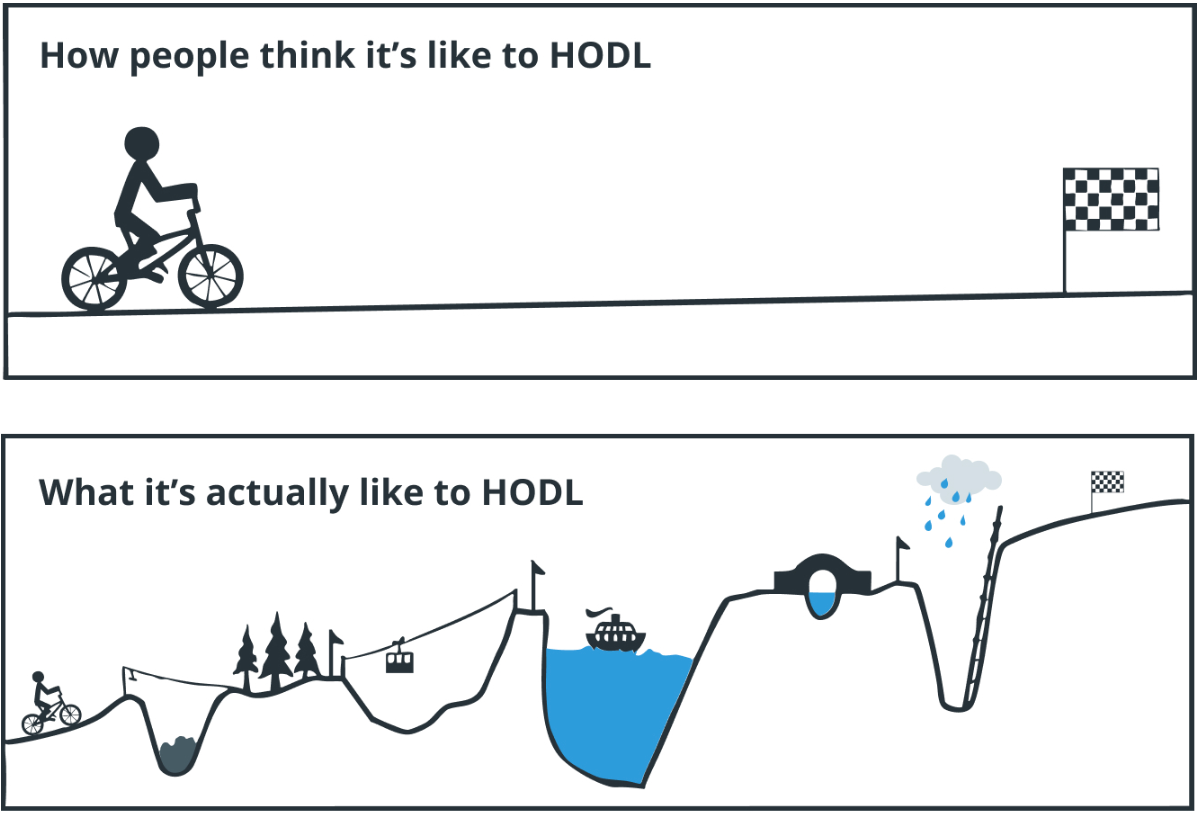
HODLing is about resilience, you can miss opportunities.
Long crypto bear markets
A bear market is a long stretch when prices mostly go down or move sideways. They can last for years. The first big one stretched 23 months, from January 2018 to December 2020. The most recent one ran through 2022 and much of 2023. Those periods tested holders’ patience and conviction. For many, the hardest part of HODLing isn’t the crashes, but the long silence that follows them.
Security risks
Holding only works if your storage holds up. Lost keys, forgotten passwords, or hacked wallets have cost people billions over the years. Just ask Stefan Thomas, the man who can’t unlock a digital wallet containing 7,002 Bitcoin — now worth over $700 million with Bitcoin trading above $100,000. Stories like his show that a long-term strategy without secure custody can end in silence, not success.
HODL vs Trading
HODL and trading live side by side in crypto, but they couldn’t feel more different.Trading is like sprinting: bursts of speed, constant movement, and the pressure to make split-second decisions. A good sprint can bring quick wins, but one bad step can cost you the race.
HODLing, on the other hand, is the marathon. It demands patience, endurance, and the ability to tune out distractions. The pace is slower, but the goal is crossing the finish line: holding through downturns in the hope of long-term gains.
The debate in plain sight
Scroll through social media and you’ll see the clash play out. Veteran chartist Peter Brandt has mocked the “HODL” mentality, warning it can slip into blind faith.
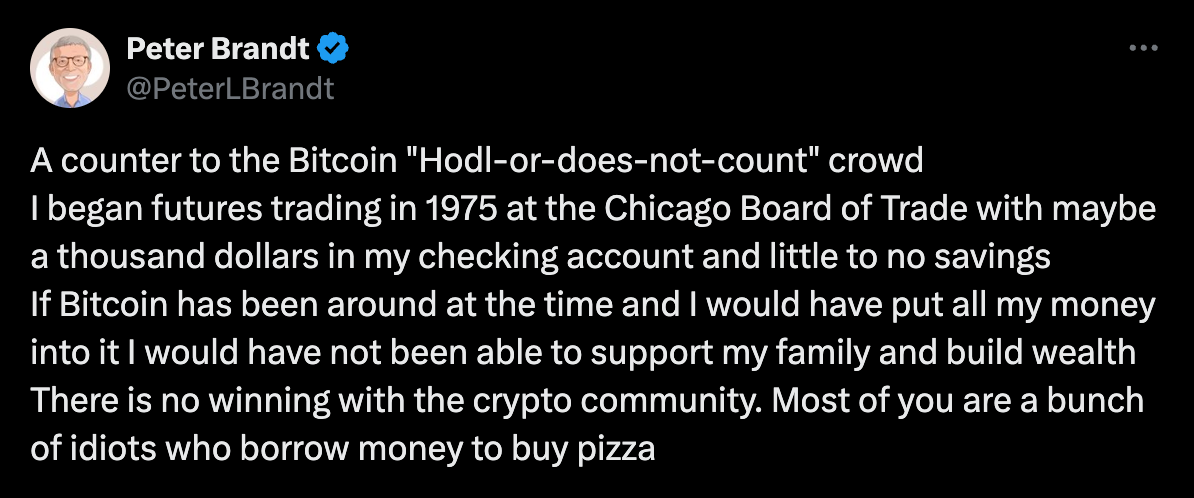
On the other side, Michael Saylor — co-founder of MicroStrategy, one of the largest corporate Bitcoin holders — defends it, describing Bitcoin as “an asset, circulating on a network, governed by a protocol, and rooted in ideology.”

The argument hasn’t cooled down: is HODL lazy stubbornness or disciplined conviction?
The Risk/Reward Trade-Off
- Traders chase short-term gains. They use charts, tools, and strategies like swing trading to profit from volatility. But most studies show that the majority of retail day traders lose money in the long run.
- HODLers step back from the noise. They accept fewer moves but avoid the stress of constant decisions. The reward is capturing the big, multi-year swings, if they have the patience.
Personality Over Math
At the end of the day, the choice often comes down to personality. Are you wired for sprinting — constantly chasing moves, accepting both the thrill and the risk? Or are you better suited for the marathon — slower, steadier, and focused on the long run?
HODL in Crypto Culture
Beyond charts and strategies, HODL has become one of crypto’s most recognizable cultural signals. A typo turned into a badge of pride, complete with its own memes, emojis, and rituals.
Holders vs. HODLers
Not all holders are HODLers. Holders simply keep their Bitcoin. HODLers live by it. What sets them apart? Laser-like focus, patience, and most of all, conviction. In crypto slang, those who sell too soon are “paper hands” 🧻✋, while true believers who endure every crash are “diamond hands” 💎🤲.
Beyond jokes, these symbols became a kind of social scoreboard. During downturns, Twitter fills with diamond hand emojis as a way to rally conviction, while paper hands get mocked for selling under pressure.
The Laser Eyes Phenomenon
In 2021, the “laser eyes” meme spread with the hashtag #LaserRayUntil100k. It wasn’t just crypto Twitter insiders — NFL star Tom Brady, El Salvador’s president Nayib Bukele, and even Wall Street CEOs joined in.
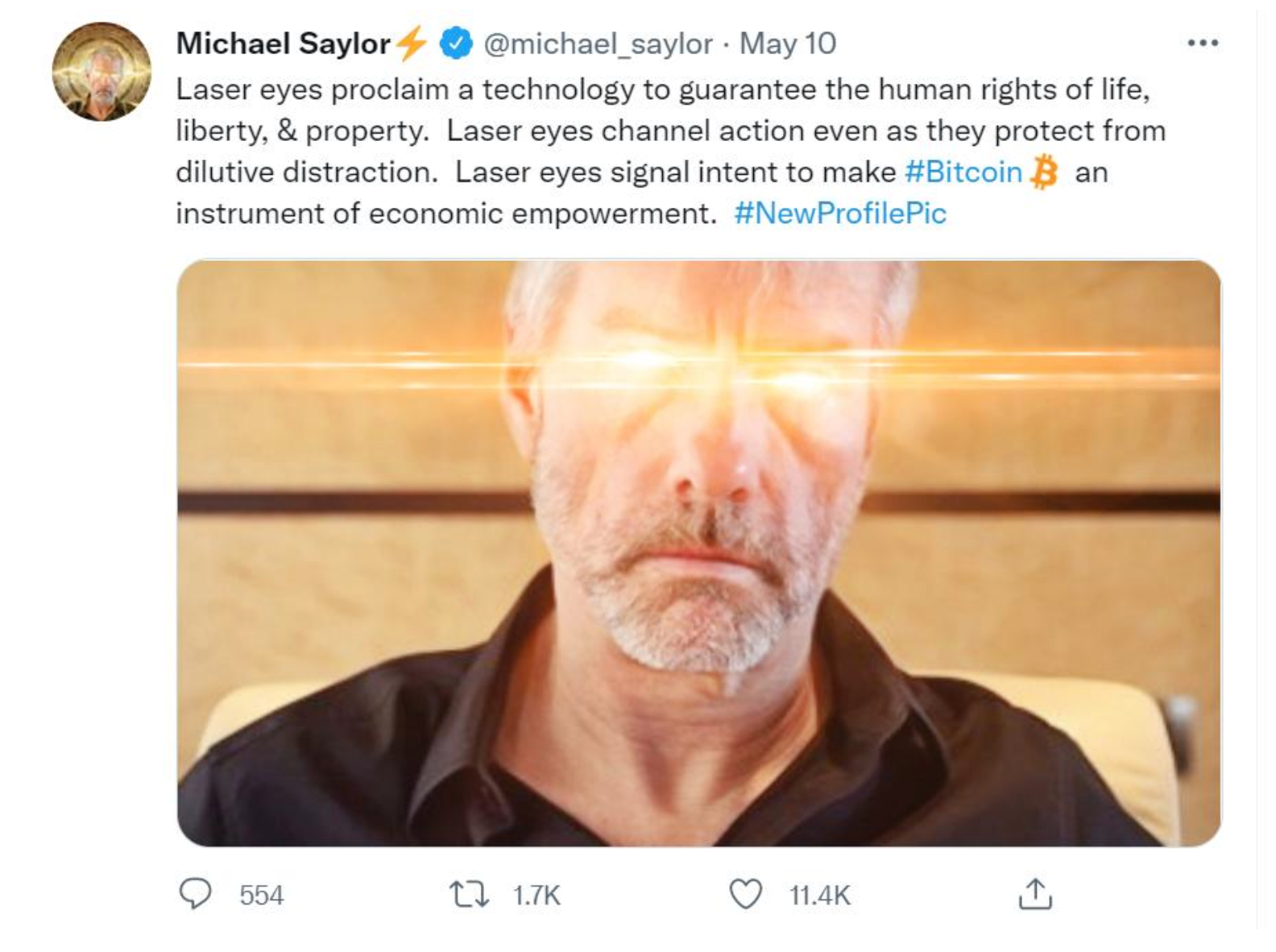
Michael Saylor put it simply: “If you don’t understand laser eyes, you don’t understand Bitcoin.” What looked like a silly filter became a global badge of Bitcoin commitment.
The Orange Pill
Borrowed from The Matrix, the “orange pill” 🟠💊 became shorthand for a Bitcoin awakening — the moment someone realizes fiat money loses value over time and decides Bitcoin is the alternative. It’s both a meme and a conversion story, often used as an inside joke: “I orange-pilled my parents.”
From Meme to Mainstream
HODL memes didn’t stay online. Asset managers like VanEck even named their Bitcoin ETF (exchange-traded fund) “HODL,” turning internet slang into a multi-billion-dollar product. Other formats — skeletons “waiting forever,” astronauts going “to the moon,” and endless “this is fine” edits — circulate as shared shorthand for what it feels like to HODL.
Toxic Bitcoin Twitter: The Dark Side of HODL Culture
Not all HODL culture is positive. The phrase “Have Fun Staying Poor” (HFSP) became a sharp response to skeptics.
In plain terms: if you don’t buy Bitcoin, you’ll stay broke. Some in the community defend it as tough love; others see it as toxic and juvenile. The divide shows how HODL culture can both unify and alienate — creating a strong tribe, but sometimes at the cost of pushing outsiders away.
The Tribal Code
HODL culture created its own signaling system that operates across social platforms. Beyond profile pictures and memes, the community uses:
- Twitter bio markers: “Bitcoin only,” “Stay humble, stack sats,” laser eye emojis
- Language patterns: “Few understand,” “NGMI” (not gonna make it), “This is the way”
- Behavioral signals: Public rejection of altcoins, criticism of government money printing
- Educational content: Sharing Bitcoin-only material to demonstrate conviction
This system helps community members identify each other and reinforces group identity, making HODL more than a strategy — it’s a complete cultural identity that spans from internet forums to Wall Street boardrooms.
The result is a phenomenon where a drunk forum post became the foundation for a movement that now influences global finance, presidential elections, and corporate treasury strategies. HODL evolved from meme to cultural force, showing how in the digital age, a joke can grow into one of the most powerful forms of social organization.
The Future of HODL
The meaning of HODL is shifting. What began as a personal survival tactic is now being built into the infrastructure of global finance.
Institutions are HODLing too
By 2025, large investors — from funds to pension plans — control over $100 billion in Bitcoin. BlackRock’s ETF alone has pulled in billions, while, as you could see, VanEck’s HODL ETF turned meme culture into a regulated product. Even state pension funds, like Wisconsin’s, are adding Bitcoin exposure.
ETFs and retirement accounts
These exchange-traded funds (ETFs) make HODL accessible in familiar places — brokerage accounts, retirement plans, and pension portfolios. Instead of managing private keys, common people can simply “set and forget” through mainstream financial products.
Holding with benefits
For individuals, the idea of HODL is expanding too. Apps now let people auto-buy Bitcoin weekly, or earn modest income while holding. Some funds experiment with strategies like covered calls to generate yield without forcing holders to sell.
What it all means
The next chapter of HODL isn't about where it started but where it’s going. From retirement accounts to yield strategies, patience is being re-packaged as a financial service. The core principle stays the same: hold steady through the noise.
Conclusion
HODL began as a joke, but it survived because it solved a real problem: most people lose money trying to outsmart the market. By doing less — simply holding on — millions stayed long enough to see Bitcoin’s long-term growth.
Today, HODL shows up everywhere: in Bitcoin ETFs, corporate treasuries, and even apps that turn holding into earning. The culture and the strategy grew together, reshaping how crypto is handled.
But before you call yourself a HODLer, ask yourself:
- Could you stomach a 50% drop?
- Do you have years, not months, before you need this money?
- Would you resist selling even during a 10x surge?
- Do you believe Bitcoin will still matter in 2030?
If you said “yes” to most of these, you’re close to the HODL mindset. If not, that’s fine — it just means trading or shorter-term strategies might suit you better.
GameKyuubi, who wrote the original “I AM HODLING,” wasn’t preaching discipline. He just knew he was a bad trader, so he chose the path that seemed easier. The irony? True HODLing might actually take more discipline than trading.
So maybe the question isn’t whether to HODL. It’s why you’re doing it — and whether your reasons will still hold when the market tests you.

